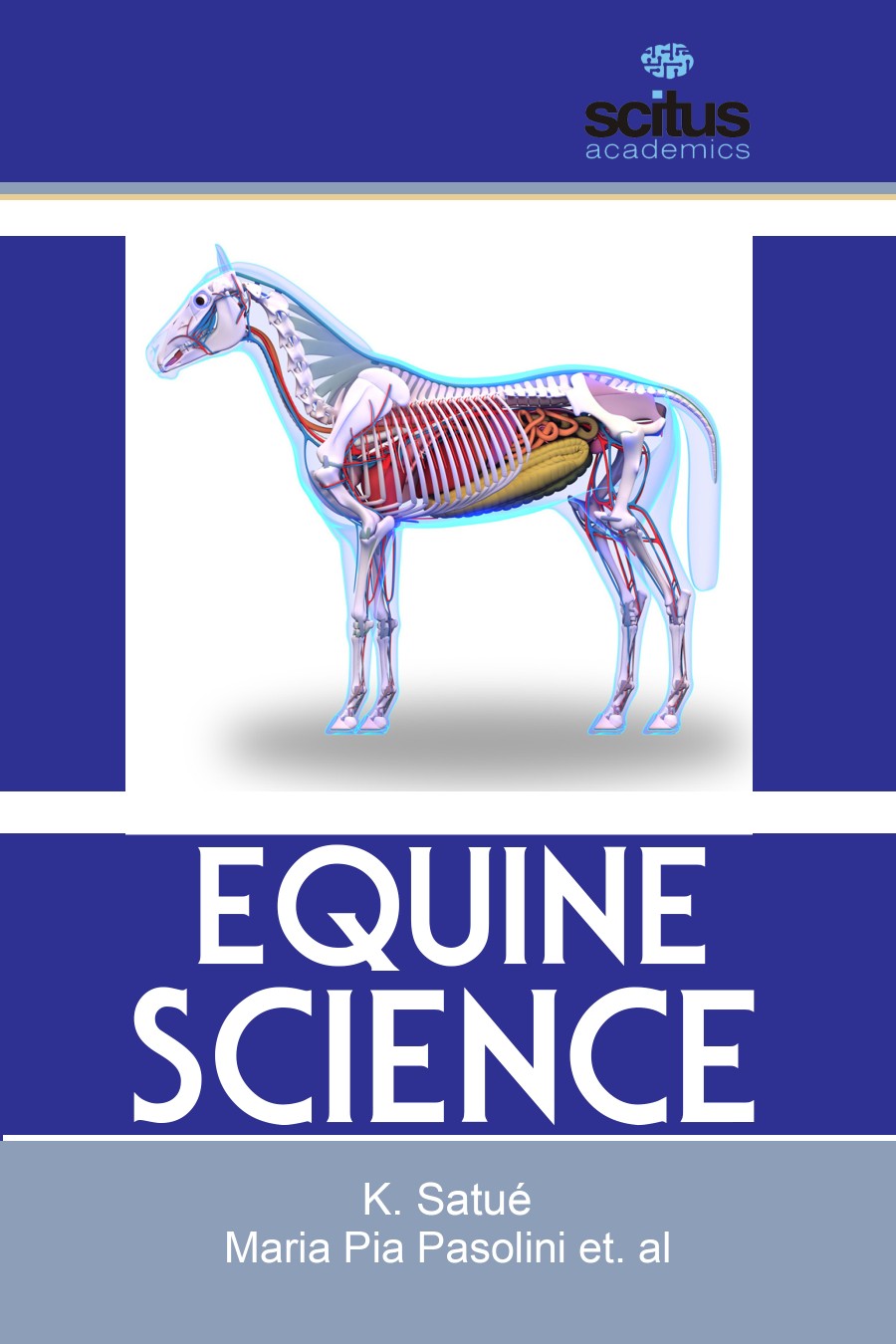The equine industry is today an important stakeholder in a nation’s economy and has growing significance. The use of the horse for pleasure and work is an important part of European history, culture and future development both in rural and urban areas. The welfare and health status of the horse is therefore a major concern for a nation’s economy. The horse population’s growth rate has been either constant or decreasing in most of the countries, with only some regions in Central America, Asia and Europe keeping positive growth rates. Most major infertility problems are complex and several factors can cause failure to produce offspring. In the last few years, much of the efforts of practitioners and researchers working in equine breeding industry have been directed to individuate the pathophysiological mechanisms underlying poor reproductive performances in mares.
This book includes state of the art information resource on all components of the horse industry, including production, industry and research. Students and faculty have access to facilities in equine science research covering such topics as laminitis, reproduction, infectious disease, parasitology, behavior, and nutrition. A thorough review of recent literature about endometritis is presented. The cascades of inflammatory signals being complex and intertwined, the etiopathogenetical, diagnostic and prognostic roles of the recently studied inflammatory markers are discussed. In addition, the most common bacterial and fungal pathogens involved are reviewed, together with the recent advances in diagnostic procedures. Studies involving quantitative and molecular aspects of traits that can meet the desire for the greater proportion of breeders can result in meaningful contributions to selection of reproductive, behavioral, immunological and other traits.
This book will be of interest for the practicing equine veterinarian, equine researcher, and other equine health care specialist.













